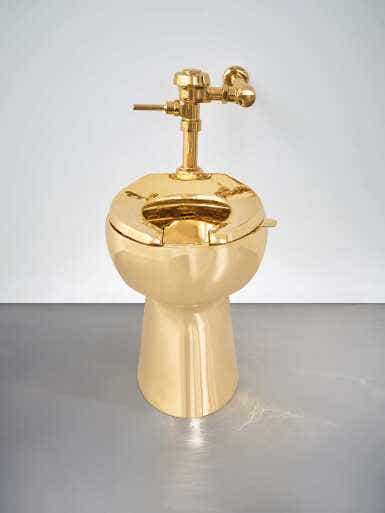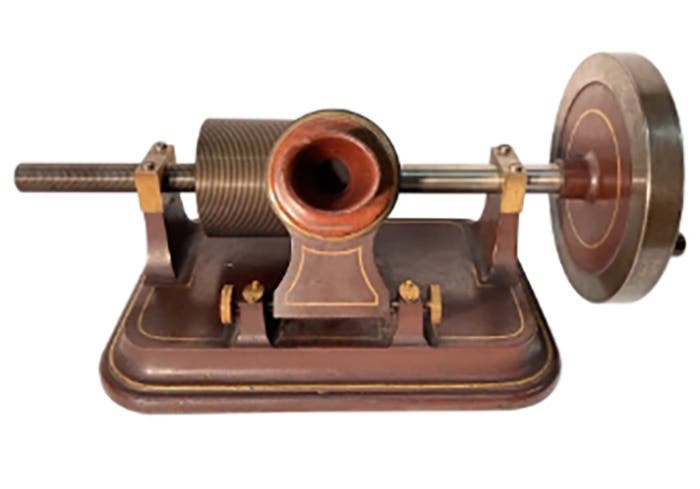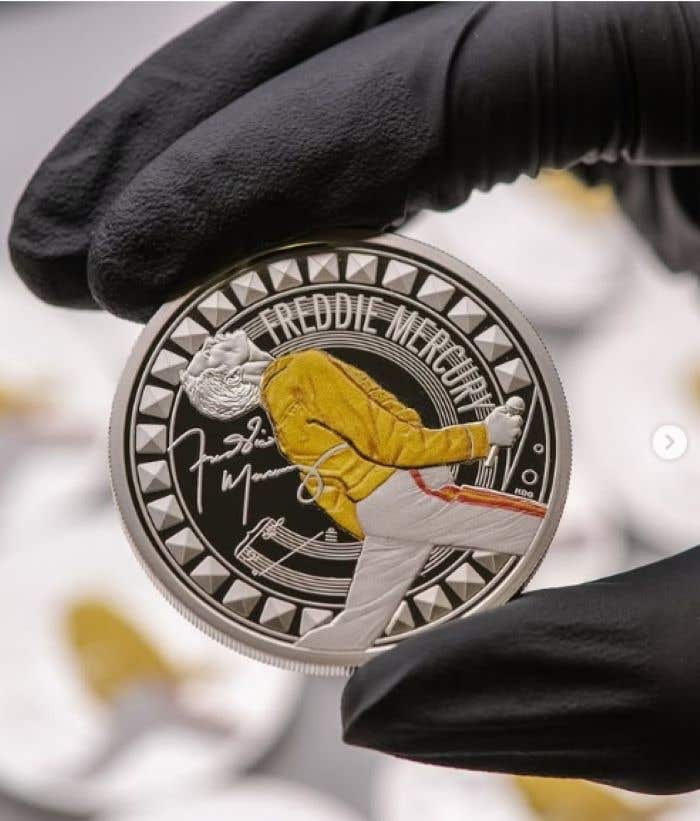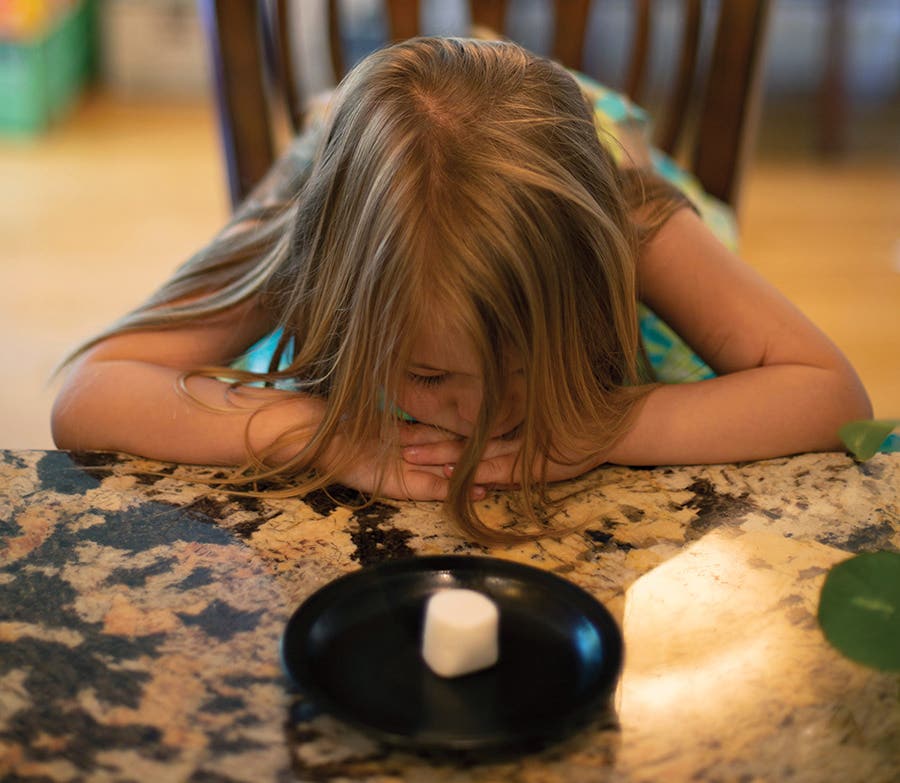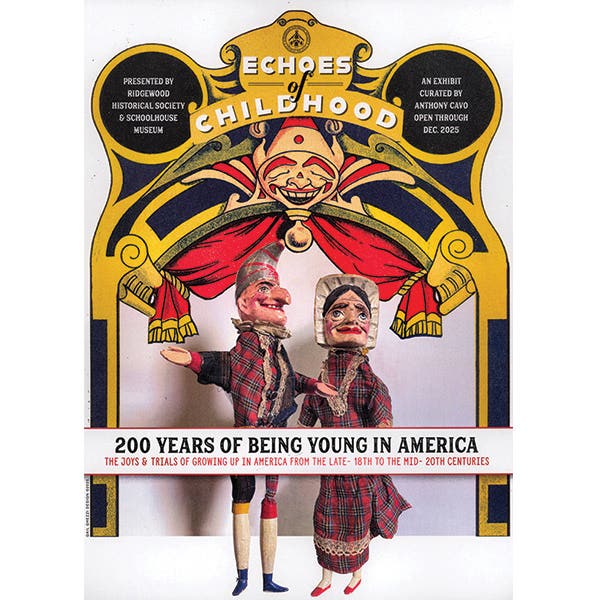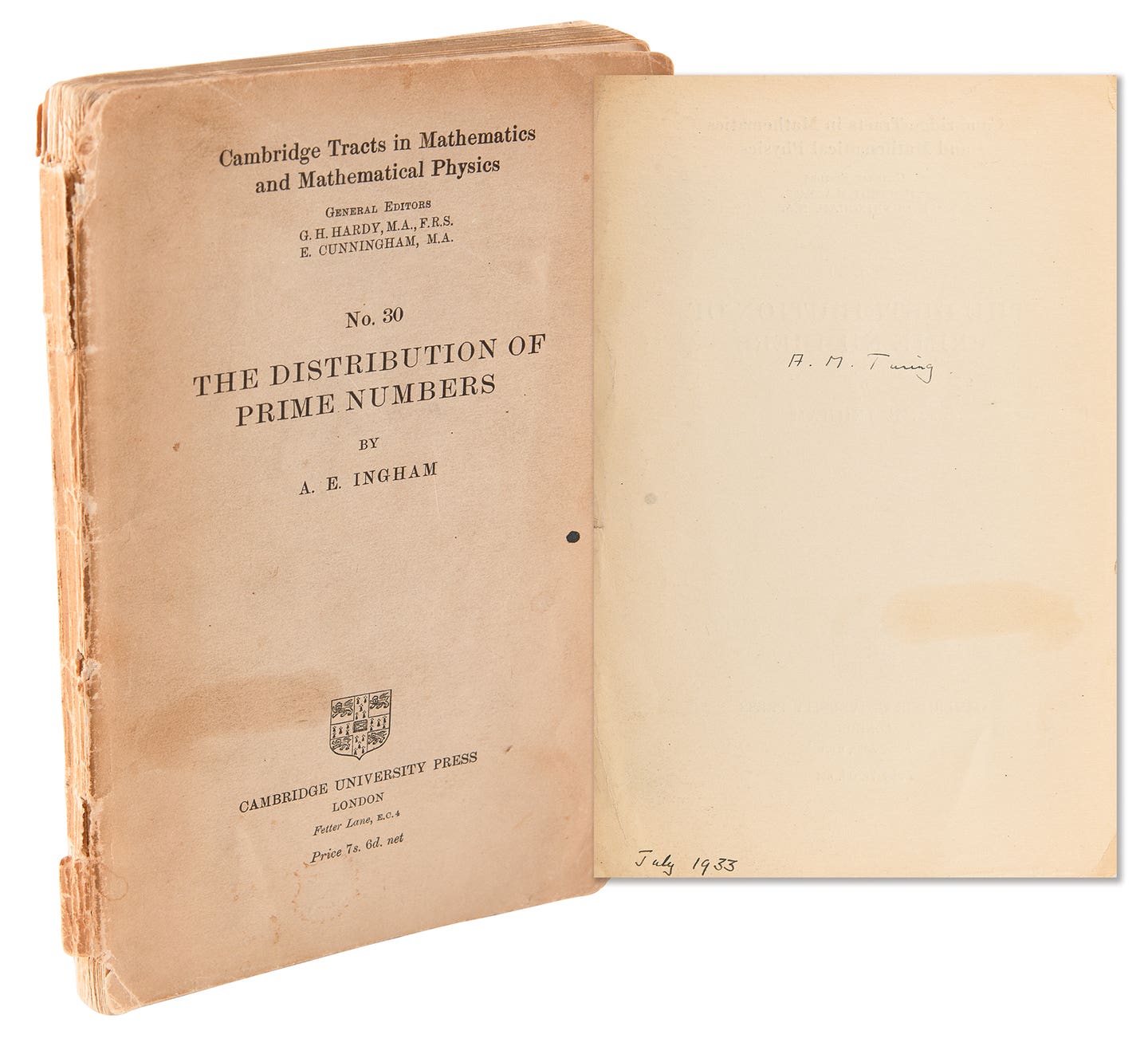Sleepy Hollow: Antiques and Ghostly Legends
Where colonial history, spooky tales, and autumn magic converge.
By the time October settles over the Hudson Valley, Sleepy Hollow doesn’t have to announce itself. The name alone does the heavy lifting. Folks come expecting to be spooked and entertained. What they don’t expect is how much of that comes in the daylight, long before the lanterns flicker and the cemetery gates creak open.
Start in Tarrytown. It’s the next village over, close enough that locals speak of the two interchangeably. The morning belongs here, where the antique shops line Broadway and the pace still favors walkers. The sidewalk carries you past bakeries, bookstores, and storefronts that haven’t changed their trim in a few decades. Some shops open early, some not at all on weekdays. It’s best to come with a loose agenda. Let the shop windows guide you.
A good place to begin is The Swan's House. From the outside, it looks like a tidy little boutique. Inside, the atmosphere shifts to something warmer and more deliberate. There's a sense of intention. A copper pendant lamp glows above a midcentury desk. Shelves hold pottery that might've come from a studio or an estate sale.
The couple who runs the shop—Sara Swan and Arthur Gandy—left Brooklyn a few years back to open the store. They brought with them an eye for contrast: vintage with new, rustic next to sculptural, old hotel silver beside modern glass. It isn’t dusty. It doesn’t feel precious. It feels lived-in, like someone with impeccable taste had just stepped out for lunch.
A short walk down the street leads to Belkind Bigi, where the focus shifts. The shop has been around longer than most in town, and it shows—in the best way. Inventory skews midcentury, but not just in name. These are clean-lined pieces with strong silhouettes, the kind that anchor a room. Lamps, cocktail sets, teak sideboards, graphic prints; it’s all here, but not in piles. The owner’s eye is sharp, and the regulars know it. Locals stop in to see what’s arrived, sometimes with a space already in mind. There’s nothing themed about the place. No seasonal staging. Just good furniture, good art, and the occasional surprise.
For something with a little more perfume and polish, La Maison Supreme is worth the turn. It doesn’t shout about itself. Inside, the shelves hold vintage European china, Baccarat crystal, and French soaps in embroidered sachets. The lighting is soft. The palette leans warm. There’s always something scented: a candle, a linen spray, something floral that doesn’t overwhelm. The overall effect is elegance without distance. You may not need a silver-rimmed goblet, but you’ll want to hold one. And that’s enough to stay a while.
By early afternoon, the town begins to change. More foot traffic. More cameras. The first wave of Halloween visitors is arriving for the later events. You’ll hear talk of tickets: who booked what, when to line up, and whether to eat first or after. But if you’ve planned ahead, you won’t need to rush. There’s time to pause at the river or stop for a bowl of chili at one of the taverns. Sleepy Hollow’s events run like clockwork, but the rhythm of the day doesn’t demand precision. It rewards curiosity.
When dusk starts to take hold, The Great Jack O’Lantern Blaze transforms the 18th-century grounds of Van Cortlandt Manor into an extravaganza of more than 7,000 illuminated jack-o’-lanterns, all designed and hand-carved on site by a team of artisans. Synchronized lighting and an original soundtrack create an immersive experience that changes with every turn in the path. For 2025, new features include iconic New York landmarks carved in pumpkins, a Pumpkin Promenade with weekly themed displays, a big-top-style jack-o'-lantern circus, and a storybook “emerald-hued” dreamscape inspired by The Wizard of Oz. The path moves slowly, guided by soft light and the quiet hum of people absorbing the work. It’s not scary. It’s mesmerizing. The kind of thing that makes you forget you’re outdoors, even as your breath fogs the air.
Once the Blaze lets out, the crowd scatters—some back to town, some deeper into the night. For those ready for a bit of shadow, Horseman’s Hollow waits at Philipsburg Manor. The same location that hosts school field trips by day becomes something else after dark. This is Sleepy Hollow’s answer to the haunted house, though calling it that sells it short. Costumed actors guide visitors through a series of tableaux that borrow from the Washington Irving tale, but stretch beyond it. Fog spills over the paths. Strange sounds come from the trees. And while there are jump scares, they’re not the point. What lingers isn’t the surprise—it’s the setting. The stone buildings. The mill. The fact that the Headless Horseman is never quite where you expect him to be. The line between show and place gets thin, and that’s where the tension lives.
Not far from there, the Evening Lantern Tour at Sleepy Hollow Cemetery offers a quieter close to the night. Small groups are led through the burial grounds by guides who know the history, and more importantly, how to tell it. The lanterns cast just enough light to see the path and the names etched into stone—some familiar, like Washington Irving’s, and some forgotten by most. The tour doesn’t try to conjure fear. It invites reflection. You walk past mausoleums and family plots, past weeping angels and obelisks, past the oldest parts of the grounds where the stones lean a little. The only sounds are footfalls, the guide’s voice, and occasionally, wind through the branches. It’s not theatrical. It doesn’t need to be.
Taken together, the shops and the shows form a full day. But they do more than fill an itinerary. They create a sense of place. In Sleepy Hollow and Tarrytown, Halloween doesn’t feel bolted on. It’s part of the rhythm. The antiques aren’t there for decoration. They’re part of the story. Objects that lived other lives, in other rooms, now sitting in shop windows or under soft lights, waiting for someone else to carry them forward.
You won’t find blinking signs or carnival barkers here. The draw is quieter. It’s in the glow of a carved gourd, in the polish of a silver sugar bowl, in the sound of a tour guide naming the dead without rushing. It’s a kind of Halloween that doesn’t wear out by morning. One that stays with you, somewhere just behind your shoulder, long after you’ve left the river behind.
You may also like:



